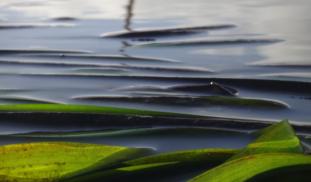Please wait...
About This Project
Did you know that several acres of eelgrass have been planted in the San Francisco Bay in the last year? We are conducting some major habitat restoration out here! But, sometimes the transplanted eelgrass doesn't survive.
So how do we improve survival? We think microbial communities could determine eelgrass transplant success.






